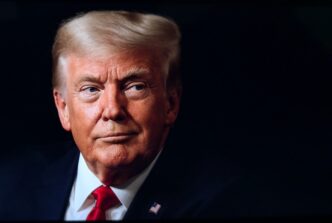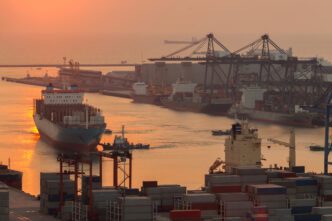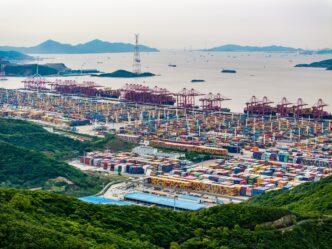Executive Summary
- The U.S. government expanded President Donald Trump’s 50% tariffs on steel and aluminum to include 407 “derivative” product categories, effective Monday.
- The abrupt implementation of these expanded tariffs creates immediate challenges for U.S. importers, who face significantly higher costs for goods already in transit.
- Analysts anticipate that these tariffs will increase production costs and ripple through the manufacturing supply chain, impacting sectors such as construction, automotive, and electronics.
The Story So Far
- The U.S. government’s expansion of tariffs on steel and aluminum derivative products is a direct continuation of President Trump’s earlier 50% tariffs on these raw materials, initiated to revitalize American steel and aluminum industries. This latest measure, intended to prevent circumvention of the original tariffs, significantly increases import costs for hundreds of goods and is projected to raise production costs across various manufacturing sectors.
Why This Matters
- The expansion of President Trump’s 50% steel and aluminum tariffs to hundreds of “derivative” products creates an immediate financial burden for U.S. importers, forcing them to absorb significant new costs on goods already in transit or face losses. This policy is expected to ripple through the manufacturing supply chain, increasing production costs across key sectors like construction, automotive, and electronics, which could ultimately lead to higher prices for consumers.
Who Thinks What?
- Under Secretary of Commerce for Industry and Security Jeffrey Kessler states that the expanded tariffs prevent circumvention and support the revitalization of American steel and aluminum industries.
- U.S.-based importers face immediate challenges and financial dilemmas due to goods already paid for and in transit, now subject to substantially higher tariff costs.
- Analysts at the Telsey Group anticipate that the new tariffs will increase production costs across key sectors like construction, automotive, and electronics, rippling through the manufacturing supply chain.
The U.S. government has significantly increased the cost of importing hundreds of goods, effective Monday, as President Donald Trump’s 50% tariff on steel and aluminum was expanded to include a wide range of “derivative” products. Notices from U.S. Customs and Border Protection and a division of the U.S. Commerce Department informed importers that 407 categories of items containing steel and aluminum would immediately be subject to the higher tariffs.
Impact on Imports and Businesses
Previously excluded from the 50% tariff, these goods, such as butter knives, baby strollers, spray deodorants, and fire extinguishers, had still faced other country-specific tariffs. The new measure means these items now incur the escalated 50% levy, in addition to any existing duties on their non-steel and non-aluminum components.
The abrupt implementation has created immediate challenges for U.S.-based importers, many of whom have goods already paid for and currently in transit. Importers now face the difficult choice of either accepting the shipments and incurring substantially higher tariff costs or rejecting them, which would likely result in financial losses.
Official Stance and Economic Outlook
Under Secretary of Commerce for Industry and Security Jeffrey Kessler stated that the action “expands the reach of the steel and aluminum tariffs and shuts down avenues for circumvention.” He added that the move supports “the continued revitalization of the American steel and aluminum industries.”
While businesses may not always pass the full tariff expense onto consumers, the likelihood of absorbing a 50% tariff is considerably slimmer than for lower rates. Analysts at the Telsey Group noted that these levies, alongside a recent 50% tariff on copper-based goods, are expected to “ripple through the manufacturing supply chain.”
The analysts anticipate rising production costs across key sectors, including construction, automotive, and electronics. This suggests a broader economic impact beyond the direct importers of the newly tariffed goods.
The expansion of President Trump’s tariffs marks a significant shift in U.S. import policy, immediately impacting hundreds of product categories and presenting a dilemma for importers. The move, intended to bolster domestic industries, is projected to raise costs across several manufacturing sectors.








